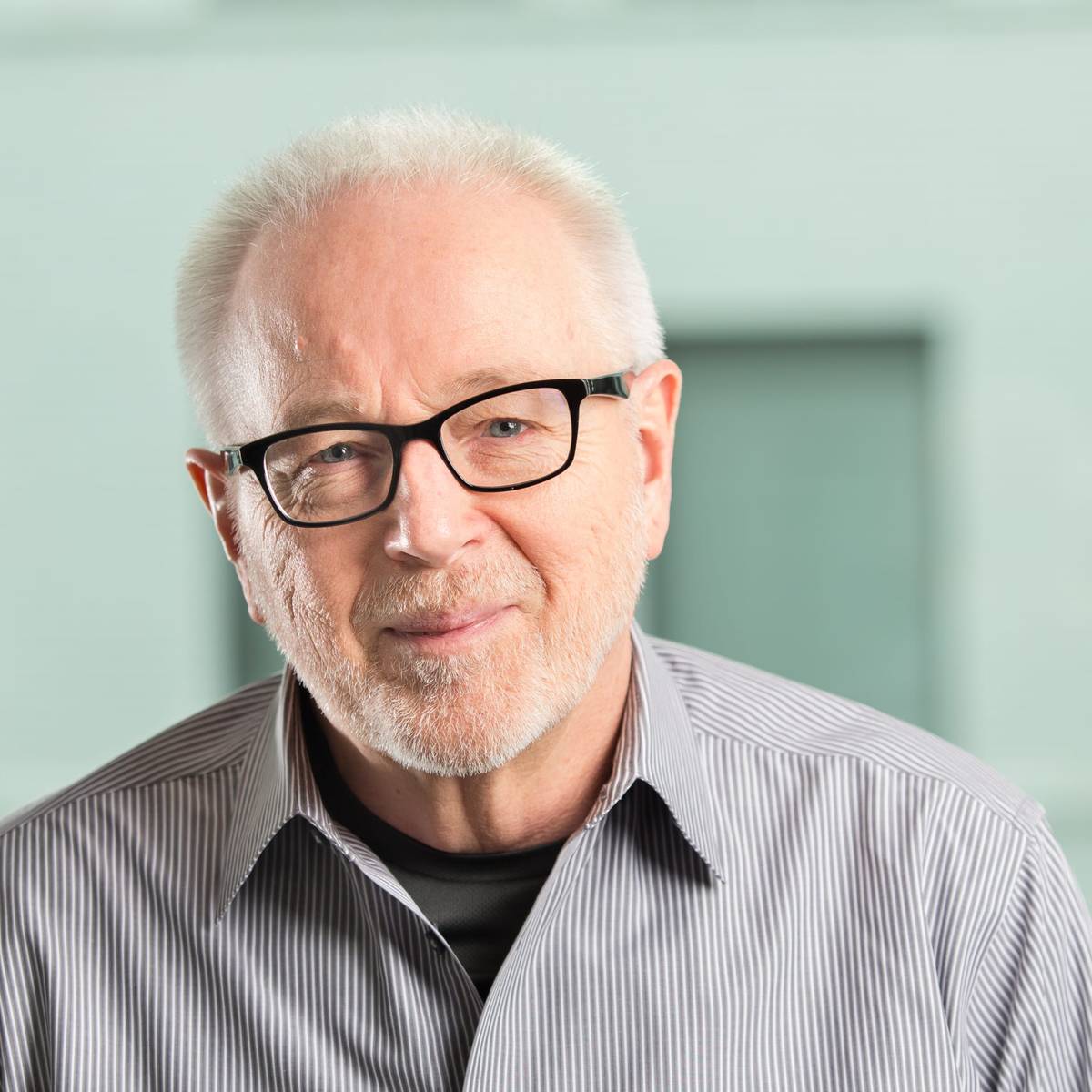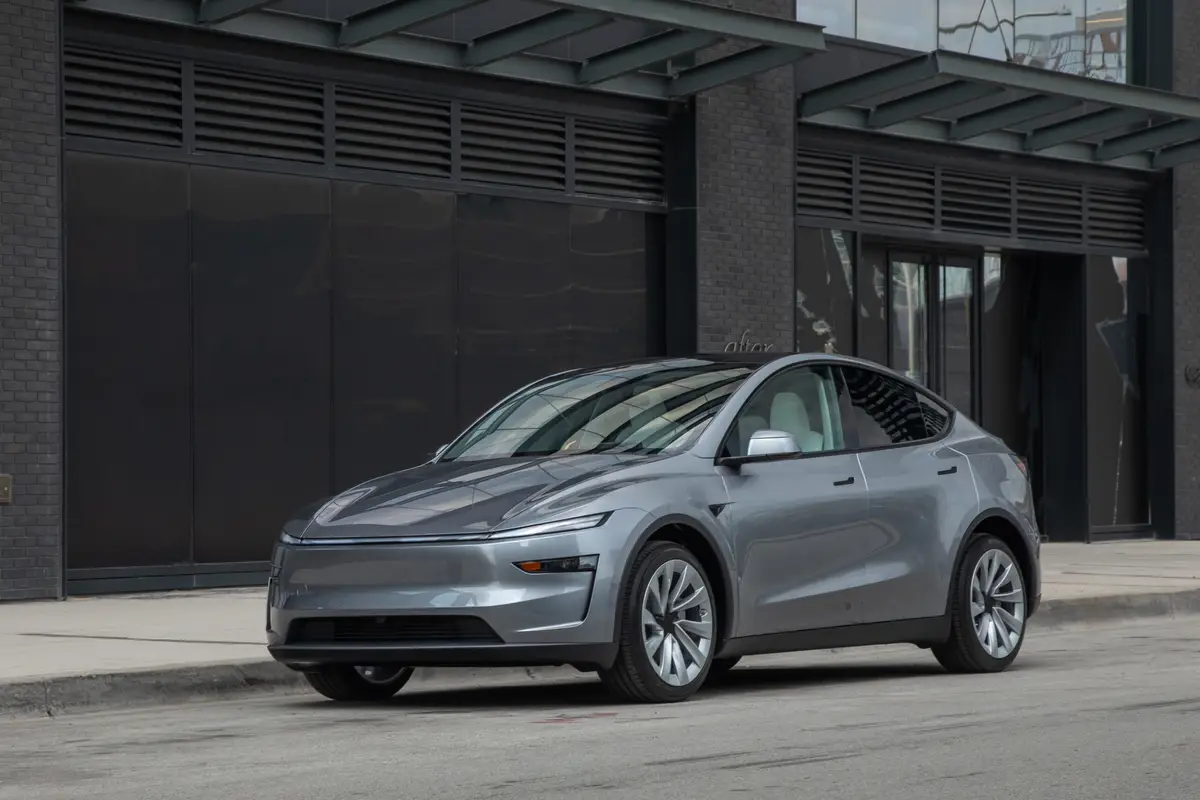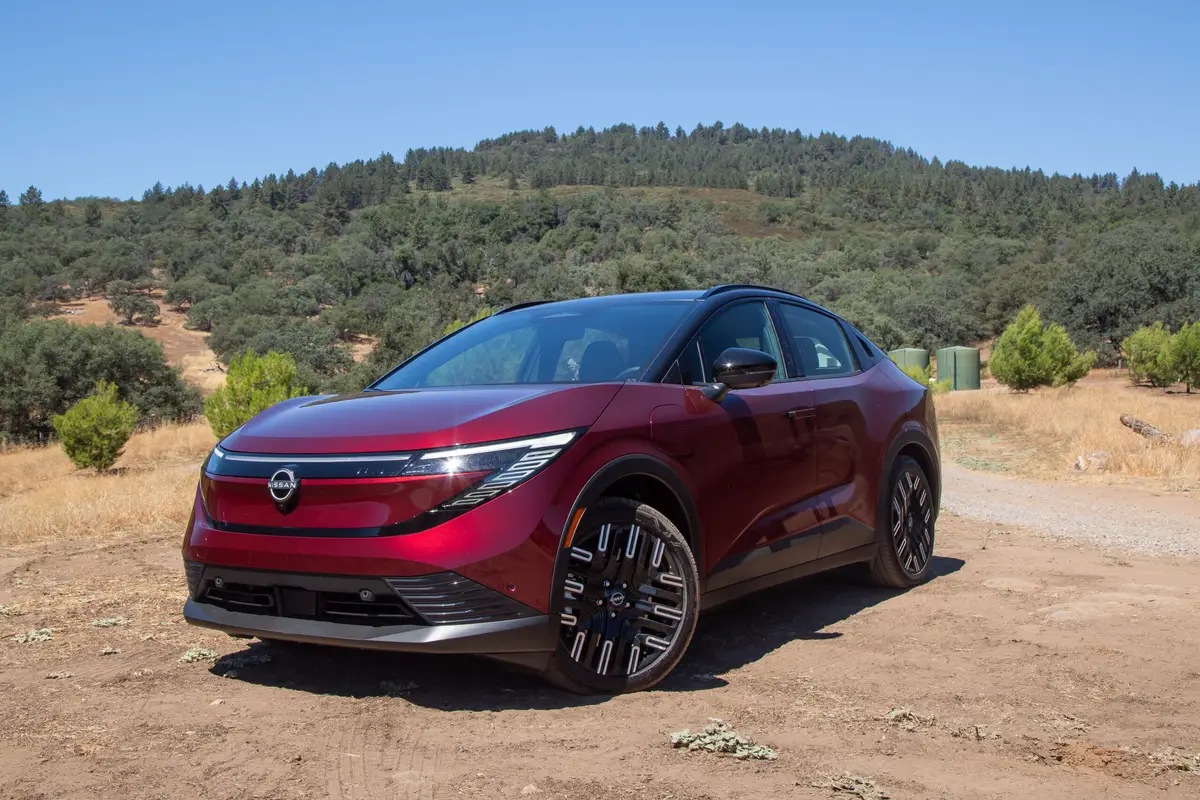Musk's New Tesla Vision Stretches From Solar Panels to Heavy Trucks


CARS.COM —Tesla CEO Elon Musk has outlined a grandly expanded plan for the company that ranges from home power systems to electric heavy trucks and self-driving buses to help transport the way to a “sustainable energy economy.”
Related: Tesla Model 3: First Ride
He posted his “Master Plan, Part Deux” on the company website, now Tesla.com, dropping “Motors,” perhaps to reflect this expanded vision. It comes a decade after his original master plan in 2006 that called for a low-volume electric sports car (the Roadster), a medium-volume sedan (the Model S) and a high-volume EV (the coming Model 3).
But Musk offered few details or firm timetables for the plan, which has four main components:
- Create an integrated solar panel generation and battery storage package for homes.
- Expand Tesla’s EV line to include all types of vehicles, including commercial trucks and buses.
- Continuing to develop self-driving capability with a goal of being approximately 10 times safer than human control.
- Use autonomous capability to create a ride-sharing system to “enable your car to make money for you when you aren’t using it.” He hinted at a possible Tesla company fleet as part of that system.
Powering the Home
This portion of the updated plan is already in progress. Tesla’s giant battery factory is under construction. And Musk continued to make the case for Tesla’s proposed $2.8 billion acquisition of SolarCity, in which he holds a 22 percent stake and which has run into some shareholder opposition. He says that combining the companies is needed to create a seamless home power offering: “One ordering experience, one installation, one service contact, one phone app.”
Expanding Into New Vehicle Segments
The plan calls for Tesla to “cover the major forms of terrestrial transport,” including commercial trucks and buses. Apparently, he feels that another of his investments, SpaceX, has extraterrestrial transport already covered.
Musk wrote that Tesla’s light vehicle expansion could include a small SUV and a “new kind of pickup truck.” He ruled out, however, a cheaper electric car than the Model 3, projected to cost about $35,000, saying that his vision for a ride-sharing service would make that unnecessary.
He wrote that electric trucks and buses are needed and that an electric Tesla Semi and an autonomous urban bus are in development and “should be ready for unveiling next year.”
Other companies also are working in this area, notably Daimler, which has unveiled a self-driving Future Bus and began a test in the Netherlands. And Volkswagen’s Scania truck unit is testing with the Swedish government an electric semitractor-trailer truck on a highway built with overhead wiring for power.
Musk’s vision of an urban bus is to eliminate drivers and make practical, smaller buses with more flexible routes, perhaps summoned via smartphone, that could take people to their final destination.
A Better Autopilot
Musk said that as autonomous technology improves, all Tesla vehicles would be equipped with the gear necessary for full self-driving. But he wrote that even when the software is ready for prime time, there would be delays for approval by various safety regulators. Mark Rosekind, head of the National Highway Traffic Safety Administration, said at a conference this week, however, that progress toward self-driving will not be limited by the drive for perfect systems.
Musk also defended the current Tesla Autopilot, which was implicated in a recent fatal crash that is being investigated, and again said there was no reason to disable it as some, including Consumer Reports, have advocated. He said that the data shows it improves safety overall. And he said Tesla’s criticized “beta” description of the system is not meant in the traditional software sense of not ready for official release but as a warning to deter “complacency” by users, as well as to indicate it will be continually improved. He said the beta label would go away when Tesla determines Autopilot is about 10 times safer than a human driver.
Making Money Off Your Car
Musk said once true self-driving cars are approved, Tesla owners would be able to add their car to a “Tesla shared fleet” via a phone app and let the car make money for you when you aren’t using it. He said that opportunity would make a Tesla car more affordable and eliminate the need for Tesla to try to develop cars less expensive than the Model 3.
He also hinted that Tesla would get into ride-sharing itself, as some other automakers already are doing, by operating “its own fleet” in cities where the demand for rides is greater than Tesla owners can service.

Former D.C. Bureau Chief Fred Meier, who lives every day with Washington gridlock, has an un-American love of small wagons and hatchbacks.
Featured stories

Should Tesla Model Y Owners Get the New 2026?


2026 Nissan Leaf Review: Value Victory


